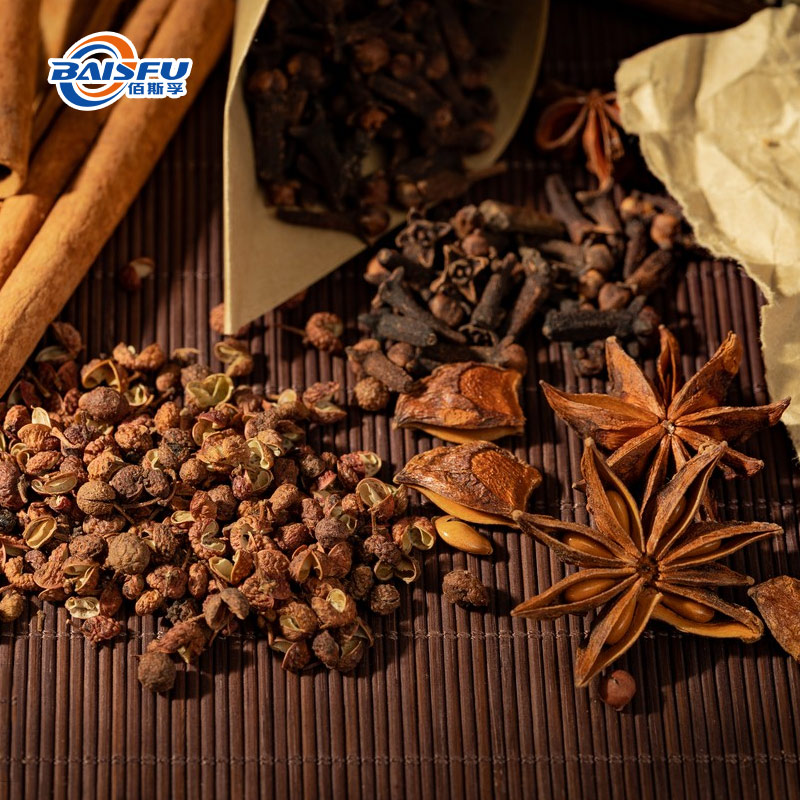Spices: The “Scent Magician” that Travels Through Time and Space

1. Three core characteristics of spices
1. “Dual genes” of nature and technology
Natural spices:
Derived from plants (such as rose essential oil), animals (such as musk), minerals (such as amber), containing hundreds of compounds.
Example: Vanilla pods contain 250+ aroma molecules, with vanillin as the core.
Synthetic spices:
Laboratory replication or innovation of odor molecules, such as ethyl maltol (caramel aroma) and menthol (cool feeling).
Advantages: Purity>99%, cost reduction of 90%.
2. The ultimate “sensory amplification effect”
Micro-efficiency: 0.001% vanillin can make 1 ton of ice cream full of vanilla flavor;
Multi-dimensional effects:
Smell: Activate 400+ human olfactory receptors (such as limonene triggers a sense of freshness);
Taste: Enhance flavor through “retronasal olfaction” (such as cinnamon enhances the sweetness of mulled wine);
Psychology: Lavender reduces anxiety index by 40% (US experimental data).
3. Unstable “chemical artist”
Volatility: Low molecular weight (100-300 Da) makes it volatile, and microencapsulation technology is needed to lock the fragrance;
Photosensitivity: Bergamot fragrance is toxic when exposed to light (needs to be treated with furanocoumarin);
Reactivity: Aldehyde fragrances are easily oxidized (such as vanillin turning sour), and antioxidants need to be added.
2. Four major application areas of spices
1. Food industry: “invisible sculptor” on the tip of the tongue
Flavor restoration: High-temperature sterilization of milk loses its aroma, and dimethyl sulfide (raw frankincense) is added to restore the freshness;
Health upgrade: Zero sugar cola uses geraniol to simulate the “sweet illusion” of sucrose;
Cultural symbols: Star anise gives allspice an oriental flavor, and dill defines the traditional flavor of Nordic pickled herring.
2. Daily chemicals and fragrances: the “commercial currency” of smell
Perfume: Chanel No.5 relies on the collision of jasmine absolute (8 million flowers/1kg) and synthetic aldehyde (C11);
Skin care products: Frankincense resin (frankincense acid) for anti-aging, tea tree essential oil (terpinene) for acne control;
Cleaning agents: Limonene replaces petroleum solvents to achieve “olfactory suggestion of cleaning power”.
3. Medicine and health: ancient “modern prescriptions”
Antibacterial: Eugenol (clove oil) inhibits periodontal bacteria and replaces chemical mouthwash;
Analgesia: Capsaicin (pepper extract) relieves neuralgia and is made into a patch;
Spiritual healing: Linalool (lavender) is used to comfort the emotions of Alzheimer’s patients.
4. Industry and agriculture: the “cross-border revolution” of smell
Environmentally friendly materials: citronellal is made into biodegradable plastics that emit mosquito-repellent smells;
Precision agriculture: Synthetic female fruit fly pheromones (traps) replace pesticides;
Energy markers: ethyl mercaptan (extremely small amounts of odor) is added to natural gas to warn of leaks.

